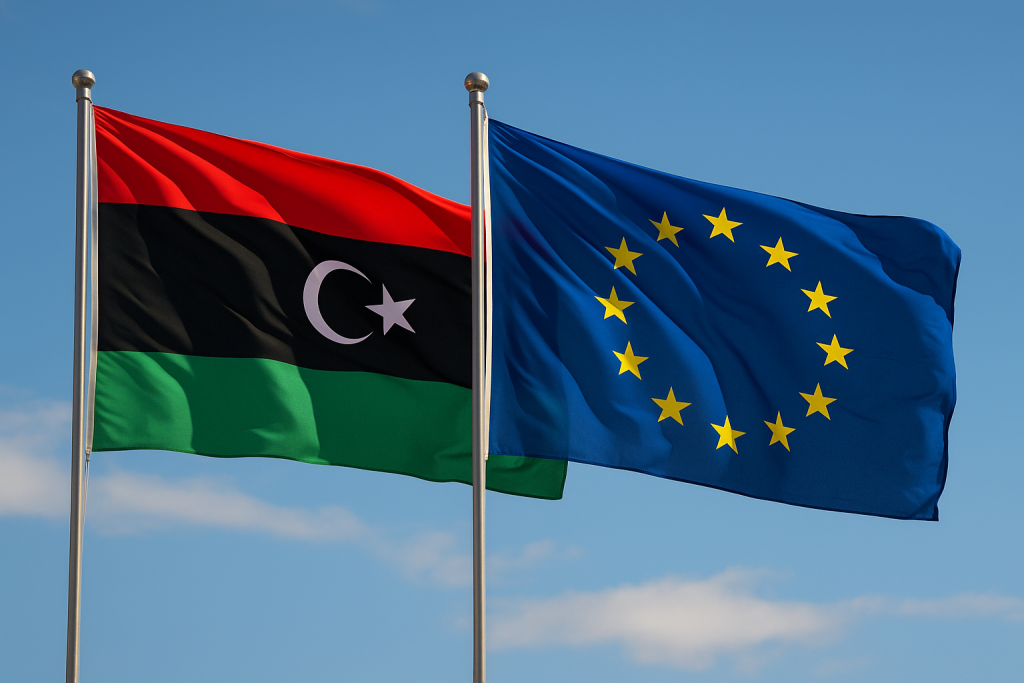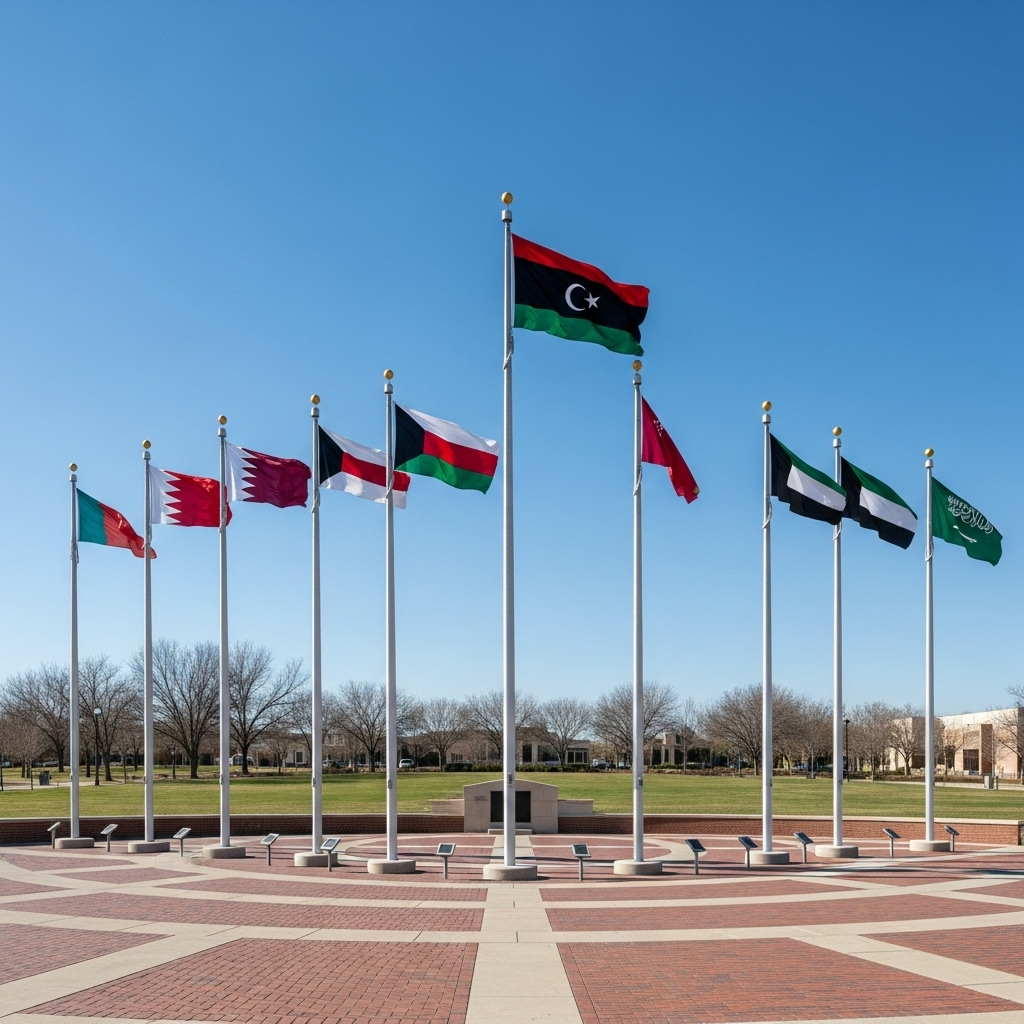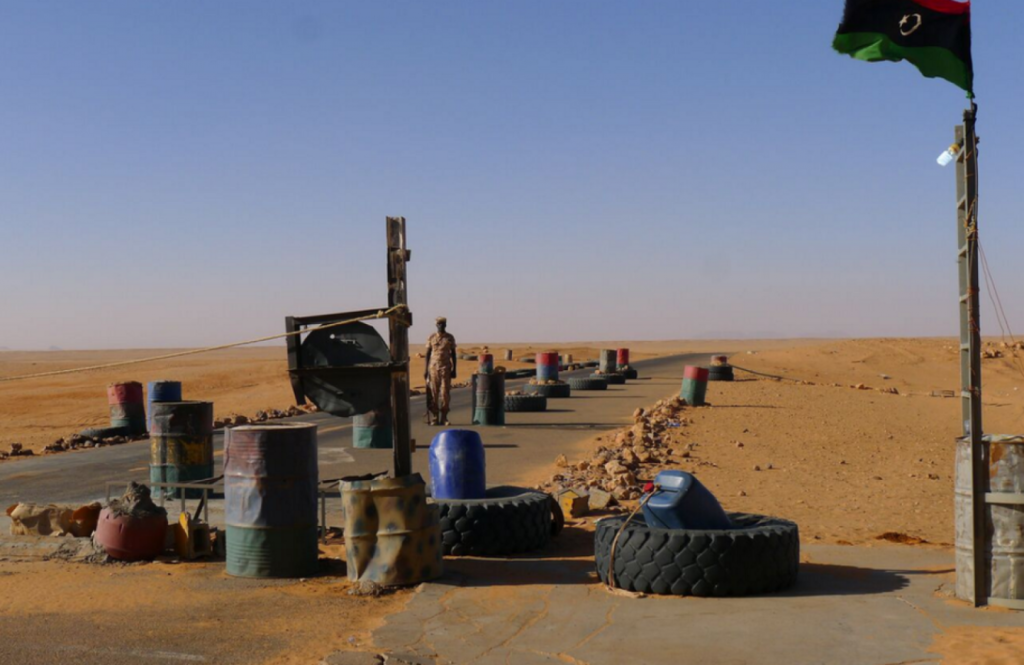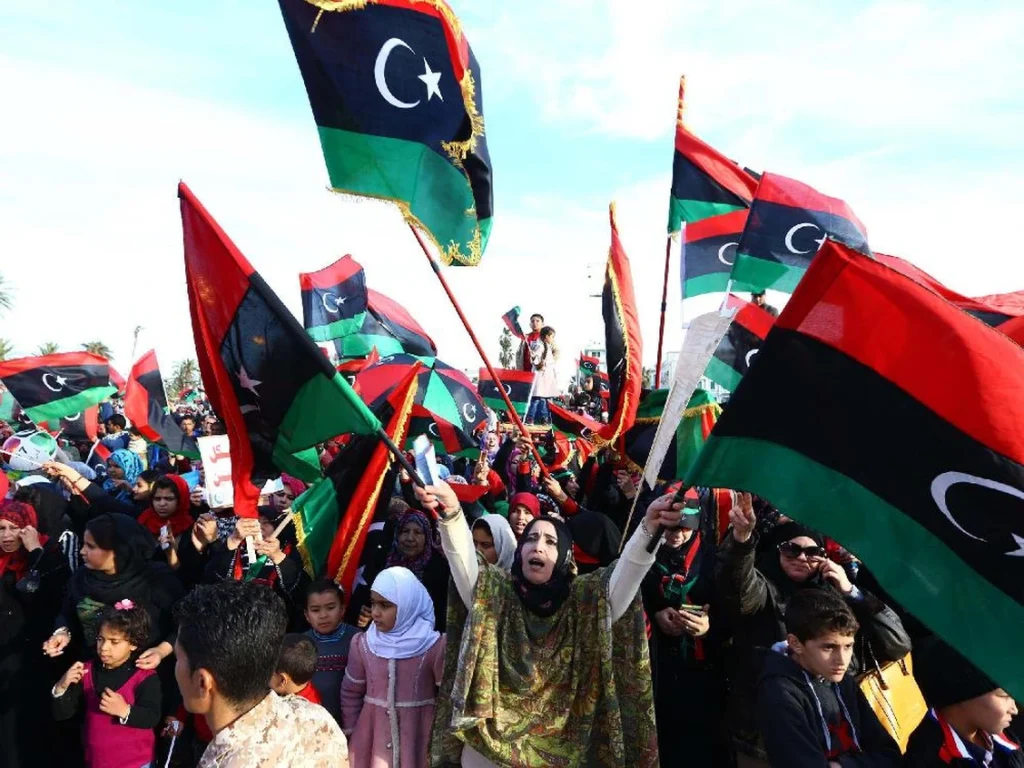Libya Migration Diplomacy: From Vulnerability to Leverage
In 2025, migration once again dominated Mediterranean politics. From Tunis to Lampedusa, governments struggled to balance humanitarian obligations with domestic pressure for stronger borders. Yet amid this regional tension, Libya migration diplomacy emerged as a story of quiet success. Once seen as the Mediterranean’s weakest link, Libya has become a consistent and credible partner in migration management.
Supported by the International Organization for Migration, the EU, and Italy, Libya’s growing ability to manage flows, strengthen coastal patrols, and coordinate repatriations has reframed its relationship with Europe. The European Commission’s Mediterranean Border Assessment 2025 ranked Libya as “a critical partner in managing mixed migration routes,” noting that cooperation with Tripoli reduced departures by more than a third since 2023. For a country still navigating political fragmentation, operational credibility has become a new form of diplomacy.
From Crisis to Coordination in Libya Migration Diplomacy
A decade ago, migration management in Libya barely existed. Rival administrations operated separate coast guards and detention centers, and data on crossings were unreliable or missing. The turning point came in 2022, when the Ministry of Interior’s Department for Combating Illegal Migration (DCIM) began standardizing systems with IOM and Frontex support. Joint databases, biometric registration, and structured training replaced fragmented local operations.
By 2024, Libyan maritime patrols were integrated with regional partners. Under Operation IRINI, vessels shared radar data and coordinated rescues with Italian and Maltese commands. The IOM’s Central Mediterranean Report 2025 recorded a 35 percent drop in irregular departures, the steepest decline in ten years. At the same time, voluntary return programs organized with Niger, Chad, and Sudan helped more than 9,000 migrants repatriate safely in 2025.
“Libya is no longer viewed purely as a transit point,” an EU migration official remarked. “It’s a partner learning to manage mobility.”
Building Leverage Through Partnerships
Libya’s reliability at sea has reshaped how it negotiates with Europe. The EU’s Joint Task Force on Migration and Border Security now classifies Libya as a “tier-one partner,” linking assistance to performance indicators such as patrol frequency and data quality. Funding through the EU Trust Fund and Italy’s bilateral programs has modernized coordination centers in Tripoli, Tobruk, and Misrata, which now link directly to European operations under the IRINI framework.
This performance-based partnership has turned compliance into leverage. During the 2025 EU–North Africa Migration Dialogue in Valletta, Libyan officials secured expanded training budgets and maintenance support in exchange for continued data sharing. The EU’s Integrated Partnership Framework 2025–2028 subsequently allocated over €250 million to Libya, not only for border management but also for renewable energy and port infrastructure.
Beyond Europe, Libya has extended its diplomacy southward through the African Union–Libya Border Management Initiative. Cooperation with Niger, Chad, and Sudan has improved control of desert routes and reduced trafficking. These successes have made Libya migration diplomacy a vital operational link between the Mediterranean and the Sahel.
Operational Progress and Human Impact
The Libyan Coast Guard stands at the center of this progress. Once fragmented and under-equipped, it now manages more than 1,200 rescue operations annually under international monitoring. EU-led training has introduced humanitarian standards and reduced incidents at sea. New coordination centers have shortened response times and improved safety for both crews and migrants.
Inland, DCIM officers operate standardized screening systems in major detention centers with oversight from UNHCR and IOM, ensuring that asylum seekers and trafficking victims are properly identified before repatriation. The IOM reports that participation in voluntary returns has doubled since 2023, showing improved coordination across agencies.
Each successful operation strengthens Libya migration diplomacy, turning humanitarian credibility into measurable political influence.
Domestic Impact: Building Public Trust and Local Capacity
Migration reform is also rebuilding confidence at home. The coast guard, DCIM, and logistics sectors have become important employers in coastal and southern regions, offering stable income and technical skills to young Libyans. According to the Ministry of Labor, more than 5,000 people have been trained or hired since 2023 through EU- and IOM-funded programs focused on vessel maintenance, communications, and monitoring.
In Misrata and Tripoli, new maritime training centers teach navigation, radio operations, and rescue coordination, while local shipyards handle vessel maintenance once done abroad. “It is not just about border control,” said a senior DCIM officer. “Every patrol supports dozens of civilian jobs.”
Humanitarian management has improved as well. IOM-supported reception facilities in Sabha and Kufra now use standardized procedures and community liaison officers, reducing local tensions. Municipalities link reintegration programs for returnees with social-service networks, building legitimacy through transparency.
By tying migration governance to employment and social stability, Libya has turned a regional challenge into a domestic stabilizer, proof that Libya migration diplomacy can strengthen both the state and society.
Regional Diplomacy and Strategic Leverage
Libya’s evolving role as a migration partner has repositioned it as a bridge between Europe’s border concerns and Africa’s development agenda. In 2025, Tripoli co-chaired the EU–North Africa Migration Forum with Spain and Egypt, a symbolic recognition of its growing authority.
Cross-border patrols with Niger and Chad have disrupted trafficking routes that once financed armed groups, linking Libya’s migration mission to broader Sahel security goals. UN observers credit these operations with weakening trans-Saharan smuggling corridors.
Libya now participates actively in African Union and ECOWAS mobility consultations while maintaining alignment with European Commission migration policy. This dual engagement has positioned Tripoli as a mediator between the continents, giving Libya migration diplomacy a unique regional role. Italy and France have responded with deeper bilateral dialogues that combine migration, energy, and security cooperation.
Each verified result, fewer departures, better rescue coordination, humane repatriations adds weight to Libya’s diplomatic leverage and credibility.
Policy Outlook: Sustaining Libya Migration Diplomacy
Libya’s migration progress is real but remains fragile. To secure it, five steps are essential:
- Institutionalize coordination. Establish a civilian-led Migration and Border Council linking the coast guard, DCIM, and ministries of interior and foreign affairs.
- Publish standardized data. Monthly figures on departures, rescues, and returns would enhance accountability and donor confidence.
- Invest in digital transparency. Build a shared dashboard integrating radar and satellite inputs from EU and Frontex systems.
- Tie migration to development. Direct EU and AU funds into job creation, port rehabilitation, and coastal infrastructure.
- Protect operational neutrality. Keep migration budgets and assets insulated from politics through external audits and multi-year contracts.
If implemented, these measures would transform Libya migration diplomacy into a permanent pillar of governance. Migration is no longer Libya’s crisis, it is its credibility. Each patrol, database, and safe return reflects a state rebuilding trust through performance and partnership.



